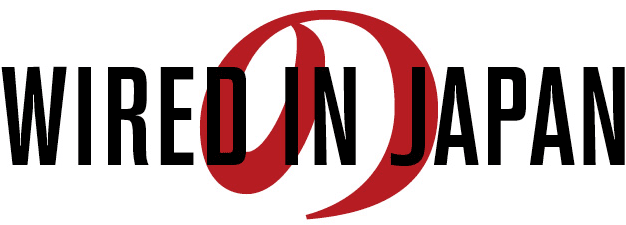For all you Smart.fm users, I created a list on graphic design terms in Japanese. These terms a very helpful when searching for Japanese design. One can get a good view about what is happening in Japanese design by googling in the native language.
The list encompasses basics like:
グラフィックデザイン - Graphic Design
フォント - Font
ロゴ - Logo
ポスター - Poster
To more esoteric terms like:
バウハウス - Bauhaus
ポール・ランド - Paul Rand
スイス・スタイル - Swiss Style
ヘルヴェチカ - Helvetica
ビジュアルコミュニケーション - Visual Communication
All the words are in katakana, because they're loan words or foreign names. Basically sound out the English word with Japanese pronunciation.
がんばって!

